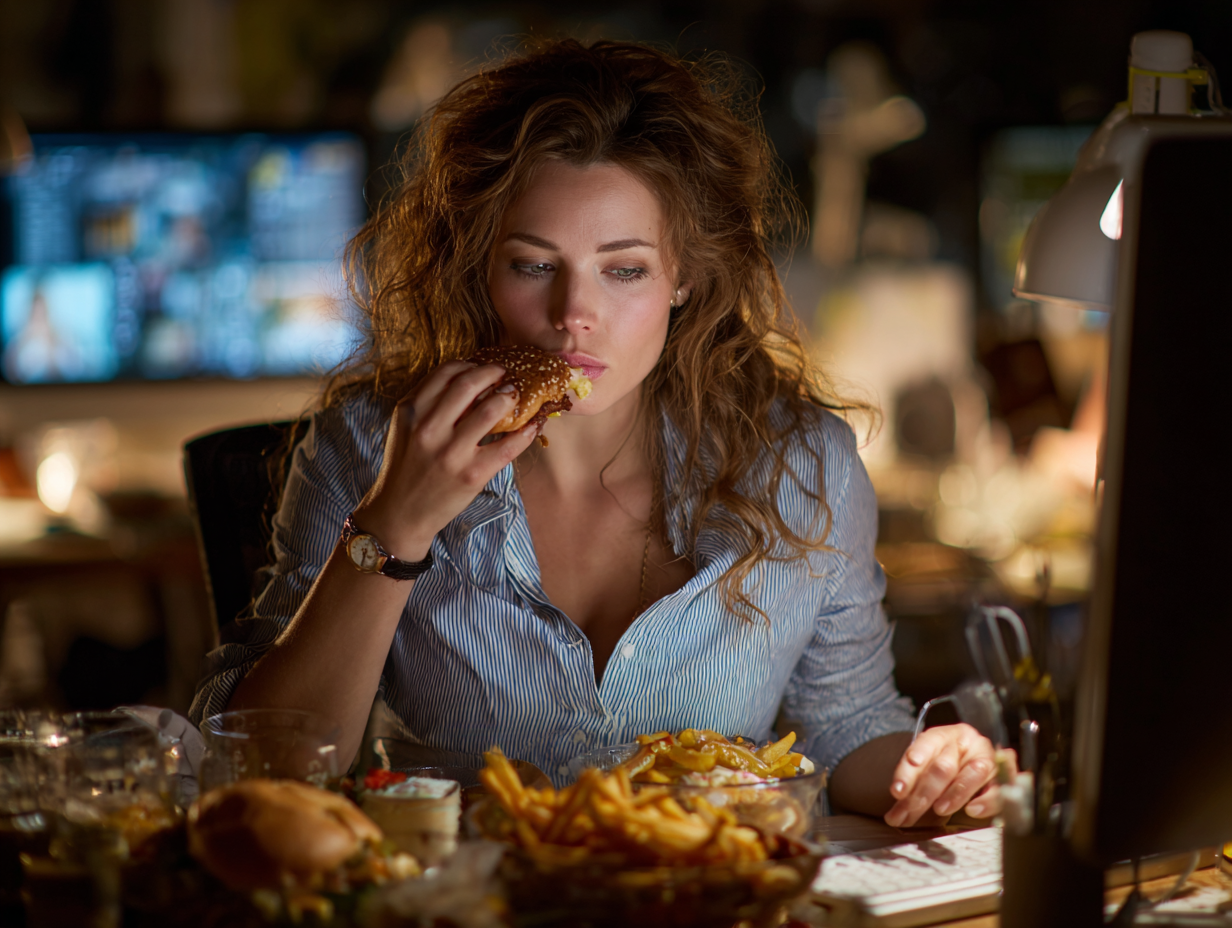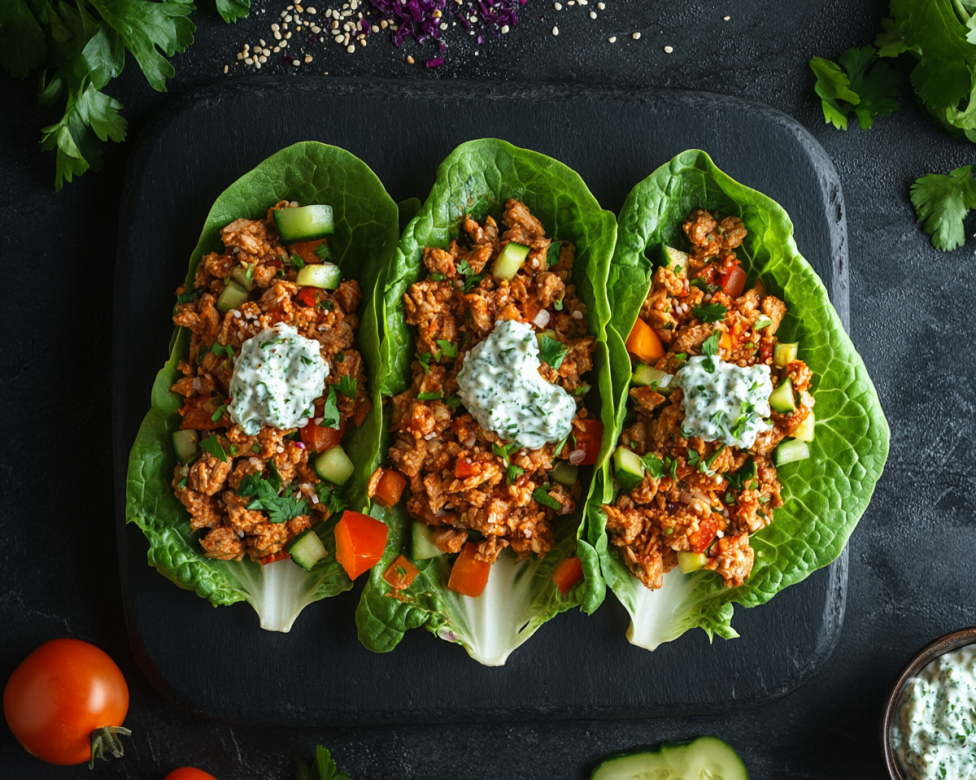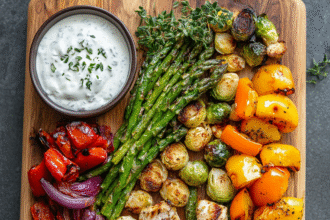How to Stop Overeating (Hint: It’s Not About Willpower)
We like to blame ourselves when we overeat.
Lack of willpower, poor discipline, not enough motivation. But here’s the truth:
Most people overeat because they’re running on empty — not because they’re weak.
And I mean that literally.
Your Body Isn’t Bad — It’s Just Asking for Fuel
Overeating, especially in the late afternoon or evening, is often your body’s desperate response to low energy. You didn’t eat enough real food. You spiked your blood sugar. You ran on caffeine and carbs. You skipped protein. And now? You’re hungry again.
This isn’t about mental strength. It’s about physiology.
Why Most Diets Make You Overeat
Many of the most common meals — cereal with milk, toast and jam, a quick sandwich, a muffin with coffee — are high in carbohydrates, sugars, and low in satiety.
They digest quickly, spike your blood sugar, and leave you hungry an hour or two later. So you snack. You graze. You grab something sweet or salty. And the cycle repeats.
Over time, this leads to chronic overeating — not because you’re undisciplined, but because your meals never actually satisfy you.
The solution isn’t to eat less — it’s to eat smarter.
The High-Protein, High-Fiber Fix
When you build your meals around high-quality protein and fiber, everything changes.
These two nutrients are potent regulators of appetite, digestion, and blood sugar.
Protein: The Satiety Signal
- Slows digestion and keeps you fuller, longer
- Supports muscle maintenance and metabolism
- Stabilizes energy and reduces cravings
- Helps prevent overeating later in the day
Fiber: The Volume Factor
- Adds bulk without adding calories
- Supports gut health and slows sugar absorption
- Keeps you regular and improves digestion
- Helps you feel “physically full,” even with less food
Together, protein and fiber create meals that satisfy your body’s energy needs and support your health goals, including weight loss — because you can easily follow a calorie deficit with high-protein and high-fiber meals.
My Personal Shift: From Grazing to Satisfied
Before I learned how to structure my meals, I often found myself grazing — especially in the afternoons and evenings. I was eating what looked like balanced meals, but I’d still feel hungry an hour later. I didn’t realize I was constantly chasing energy because my meals were missing the two things that truly matter: protein and fiber.
When I began prioritizing those two, everything changed.
I started my mornings with a protein smoothie.
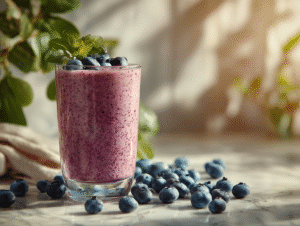
I added lean proteins, such as chicken and fish, paired with fiber-rich vegetables, lentils, sweet potatoes, and fruits like kiwi or pears. I paid attention to the combination, not just the calories.
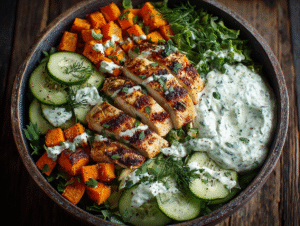
What did I notice? I was full for hours. No more grazing. No more cravings. And no more evening hunger spirals.
This wasn’t about control. It was about nourishment.
If You Want to Stop Overeating, Start Here:
- Eat 25–40g of protein per meal
- Eat 7–10g of fiber per meal
- Build meals, not snacks
- Stop grazing — let your meals do their job
- Use fullness, not fatigue, as your guide
Overeating is about your body trying to get what it needs.
Give it that — through thoughtful, high-quality meals — and the habit of overeating will slowly fade away. Not through force. But through alignment.
Here Are My Protein + Fiber Favorites
- Whey protein isolate – for my morning smoothies
- Fat-free Greek yogurt – I buy from Costco
- Collagen – I add to my smoothies
- Canned tuna – for a quick meal
- Kiwi, pears, frozen blueberries, raspberries, mango
- Bell peppers, Brussels sprouts, sweet potatoes

